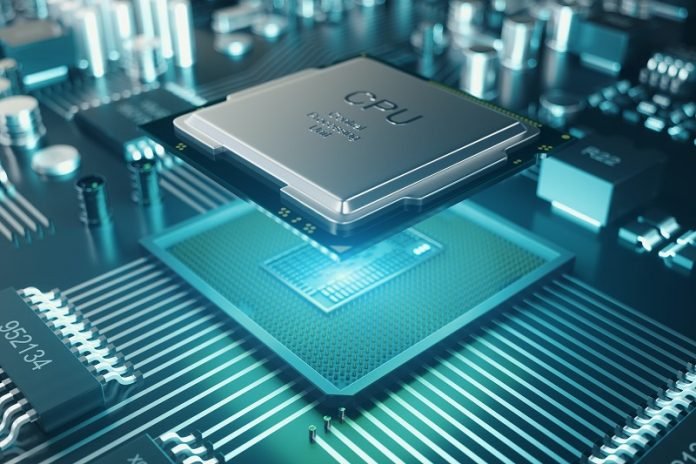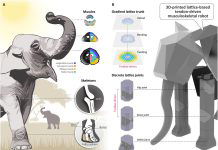
Scientists have made an incredible technological leap by creating an ultra-high speed processor capable of simultaneously analyzing an astonishing 400,000 real-time video images.
This groundbreaking development, led by Professor David Moss from Swinburne University of Technology and detailed in Communications Engineering, operates at a breathtaking speed of 17 Terabits per second, over 10,000 times faster than the electronic processors we currently use.
This new processor isn’t just fast; it’s set to revolutionize various fields including driverless cars, medical imaging, and even space exploration.
“This is a game-changer,” declares Professor Moss, highlighting the processor’s diverse potential from being used in handheld devices to detect planets similar to Earth in far-off solar systems.
What makes this processor so special?
Its speed and efficiency are pivotal for artificial intelligence (AI), machine learning, and robotic vision.
With the ability to process massive amounts of data in real-time, it paves the way for smarter, more independent robotic systems.
These systems can function effectively in real-world situations, from navigating busy streets to making split-second decisions.
In the realm of space exploration and astronomy, this processor can handle vast volumes of celestial data at speeds never seen before, opening doors to new astronomical discoveries.
For driverless cars, it’s a safety and efficiency game-changer, as the processor can swiftly analyze and respond to dynamic road conditions.
This remarkable speed and efficiency are due to a key component called the integrated optical microcomb.
This component bypasses the bandwidth and energy limits that usually restrict electronic devices. It’s not just a technical wonder; it’s a sign of a future where high-speed data processing influences all areas of our lives.
In healthcare, for instance, this technology could revolutionize medical imaging, making it faster and more precise. This means quicker diagnoses and more efficient treatments for patients.
Professor Moss emphasizes the broad and profound impact of this technology. It’s set to transform transportation, healthcare, AI, and open new possibilities in space exploration.
In short, this ultra-fast processor is not just a step forward in technology; it’s a giant leap towards a future where high-speed data processing is integral to various aspects of our everyday lives.



